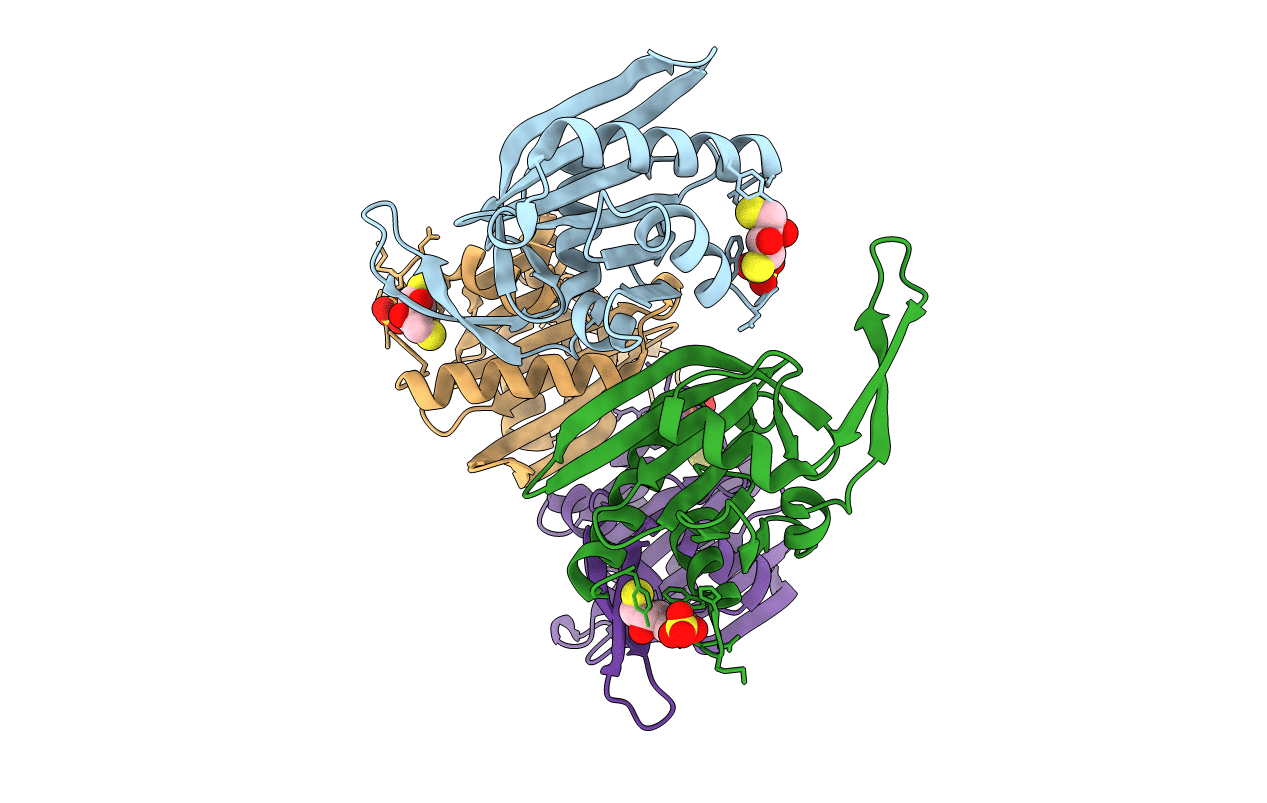
Deposition Date
2010-06-08
Release Date
2010-09-29
Last Version Date
2024-10-30
Method Details:
Experimental Method:
Resolution:
1.70 Å
R-Value Free:
0.19
R-Value Work:
0.15
Space Group:
P 1


